Kungsträdgården
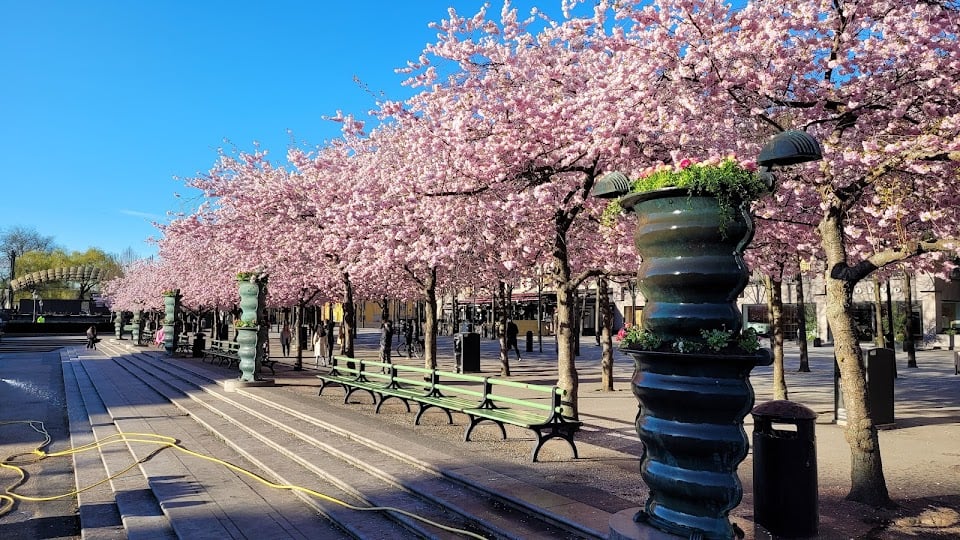
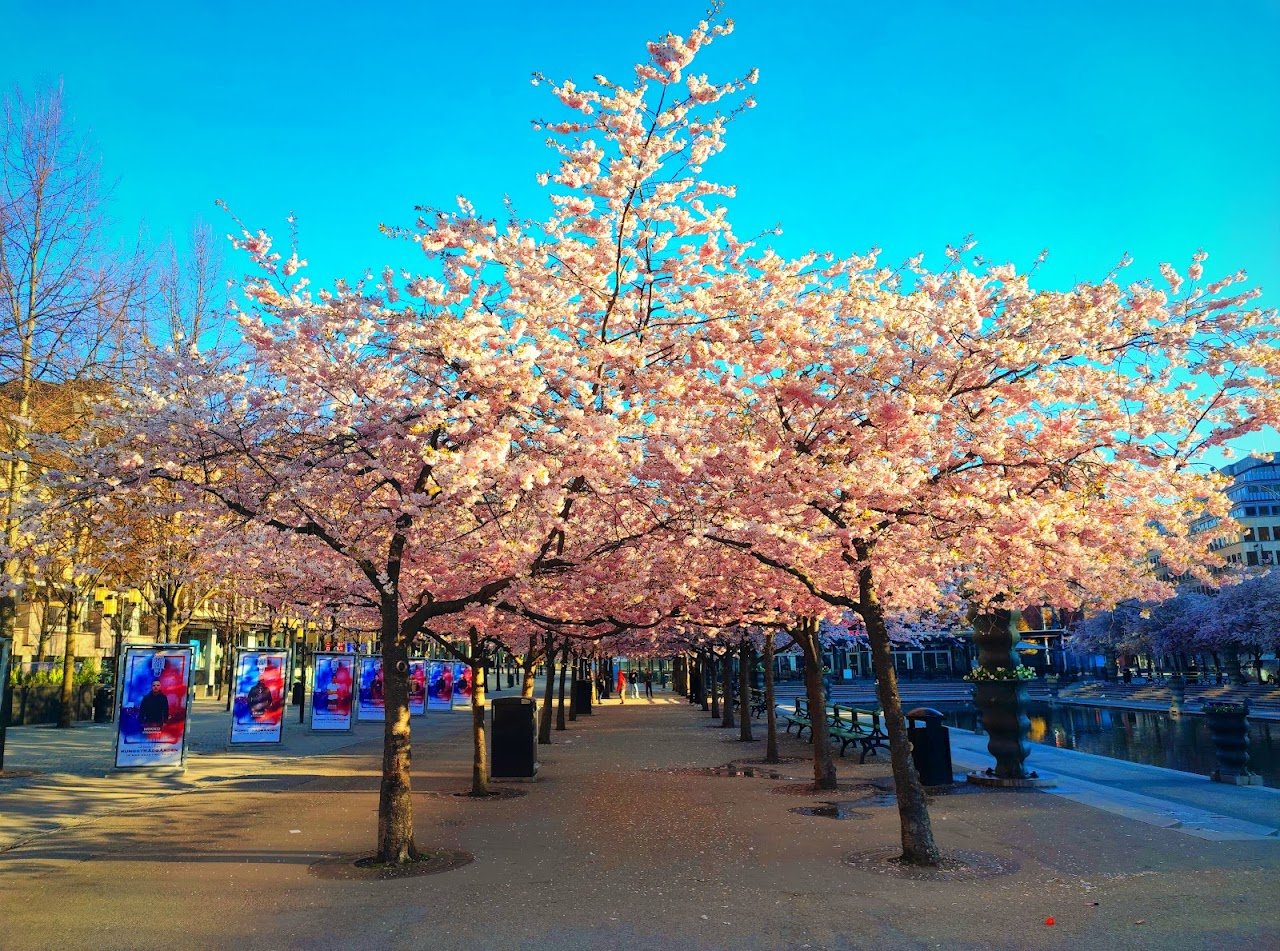
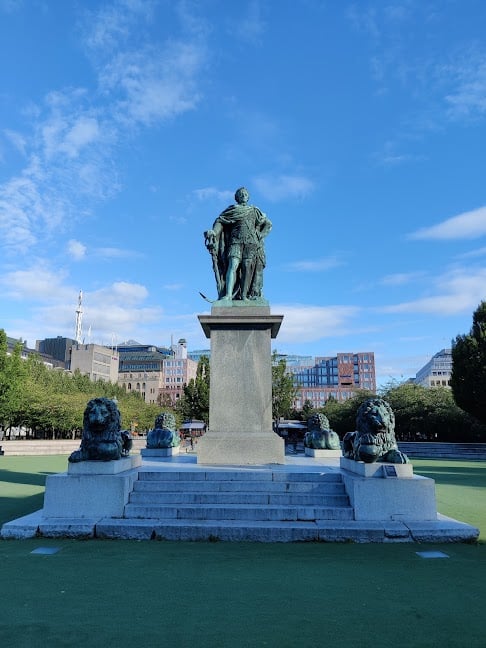
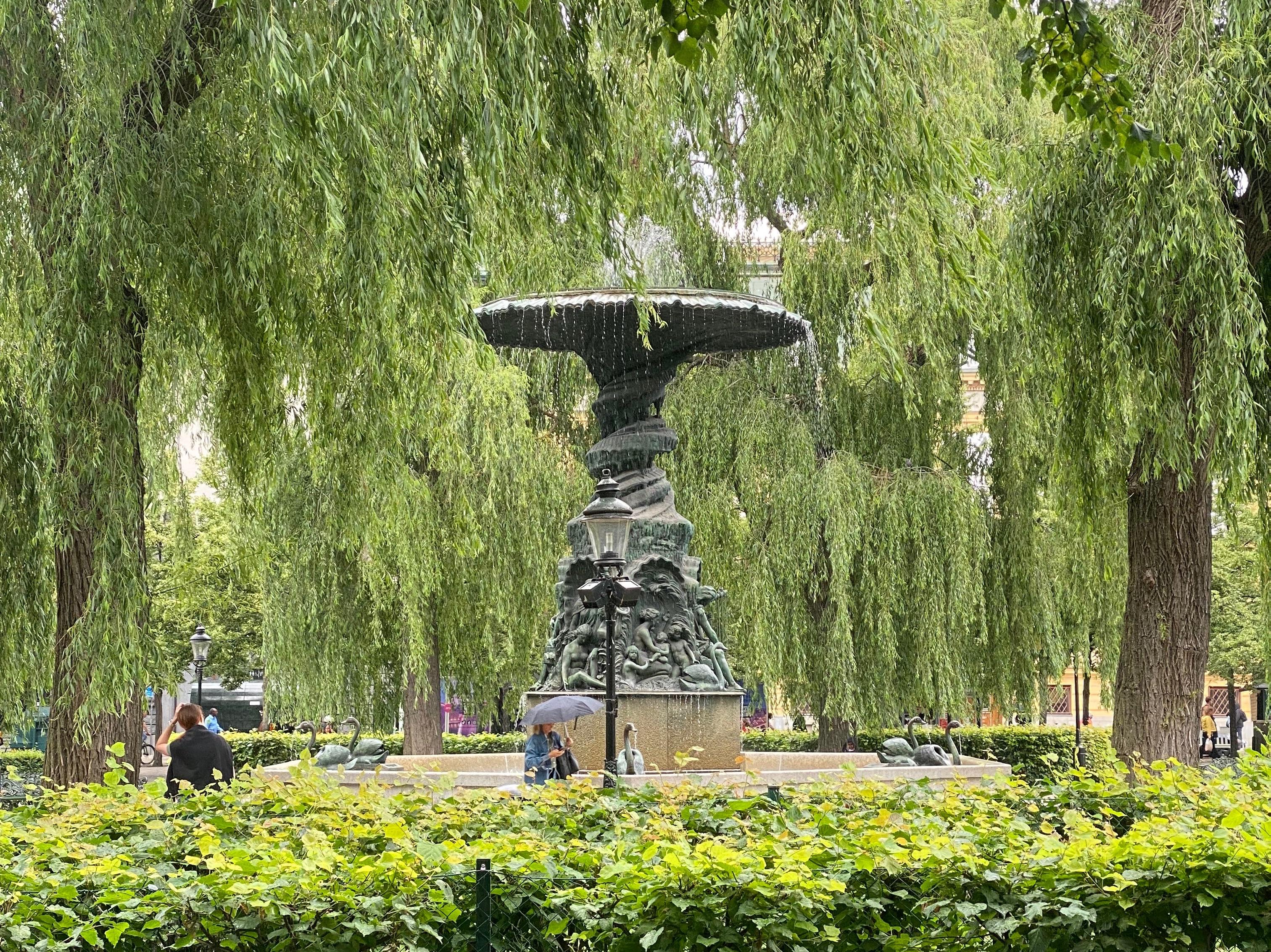
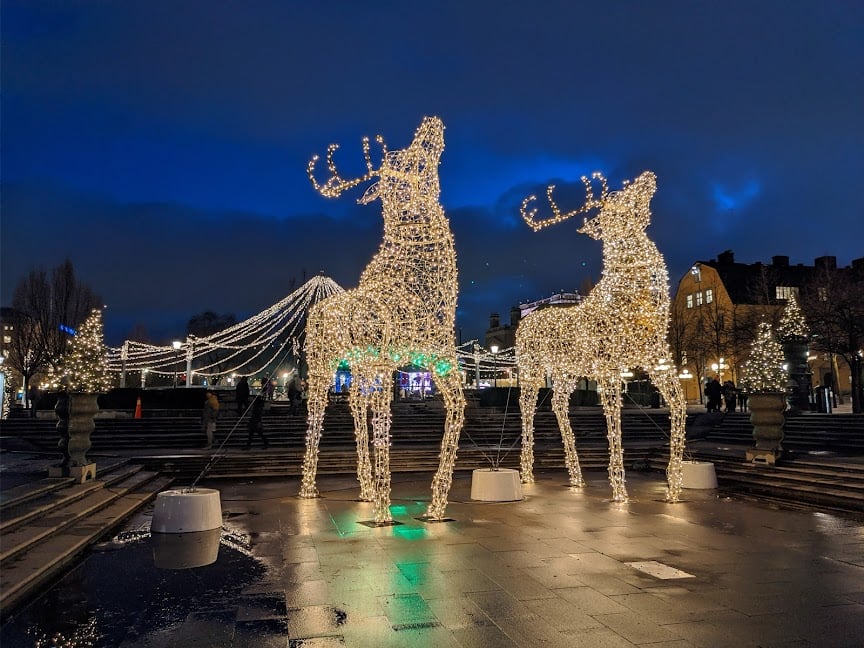
Ask ThatchGPT
Suggest a local expert to plan my trip
Suggest an unique itinerary for my Stockholm trip
What foods do Stockholm locals eat
What are some true hidden gems in Stockholm
Help me brainstorm trip ideas for Stockholm
Help me plan a family-friendly trip to Stockholm
What people say
Pedro Pereira
Available for hire
"Kungsträdgården, often referred to as Kungsan, is a historic park located in the Norrmalm district of Stockholm. It holds the distinction of being one of the oldest preserved public parks in the city, alongside Humlegården. Originally, the site was occupied by the royal castle Makalös, and access was restricted to the court, with armed guards stationed at the gates.
In 1866, Kungsträdgården hosted the Stockholm Exhibition, Sweden's first international art and industrial exhibition, marking its importance as a cultural venue. The park features notable statues, including those of Swedish kings Karl XII and Karl XIII, with Molin's fountain nestled between them. The area is also historically significant for the Battle of the Elms, which took place in May 1971.
Kungsträdgården is bordered by Västra Trädgårdsgatan to the west and Kungsträdgårdsgatan to the east, with both streets named after notable Swedish figures in the arts. Since 1971, the park has been owned by Stockholm Municipality, although it was managed by Kungsträdgården Park & Evenemang AB from 1953 to 2015. As of October 1, 2015, the park is under the purview of the Cultural Administration in the City of Stockholm.
Historically, Kungsträdgården was a royal garden, originally not open to the public. Its roots can be traced back to Erik of Pomerania, who reportedly had a cabbage farm on the site. Successive kings, including Gustav Vasa and Erik XIV, employed foreign gardeners to cultivate the grounds and introduce exotic trees and herbs. During the reign of Charles XI, a water feature was constructed using water from Träsksjön, but it was removed in 1767, replaced by a grassy area where a bust of Frederik I was later erected.
Public access to Kungsträdgården began in the 18th century, particularly during the reign of Gustav III, who turned it into a space for entertainment and leisure. The orangery, built in 1762, served as a venue for concerts and balls, referred to as Vauxhall. However, by the late 18th and early 19th centuries, significant changes altered the park's landscape. Trees were cut down to allow more light, and many of its original features were removed, including the conversion of the Vauxhall into an arsenal.
In 1822, a statue of Karl XIII was erected in the park, leading to the renaming of Kungsträdgården to "Karl XIII's Square." This transformation reflected the ongoing evolution of the park, which has continually adapted to the needs and tastes of Stockholm's citizens over the centuries. Today, Kungsträdgården remains a vital public space, offering a blend of history, culture, and leisure."
Noor Chang
"⭐️⭐️⭐️⭐️
One of my favorite parks in the city!! I would spend some time here doing work, drinking coffee, or just hanging out with my friends. Beautiful flowers and I loved the fountain! "
Read more in:
Danielle Temeng
Available for hire
"The blossoms can bloom pretty much anytime during the spring so it can be hard to predict, but late April is usually a good time to try and catch them. "
Read more in:
Mentioned in these guides
About Kungsträdgården
Get the inside scoop on Kungsträdgården from local experts, travel creators, and tastemakers. Browse genuine trip notes, Kungsträdgården reviews, photos, travel guides, and itineraries from real travelers and plan your trip with confidence.
Phone
Save this spot for later or start mapping out a new trip today
Try our AI Travel Assistant and get instant answers to any questions about your trip.
Ask ThatchGPT


